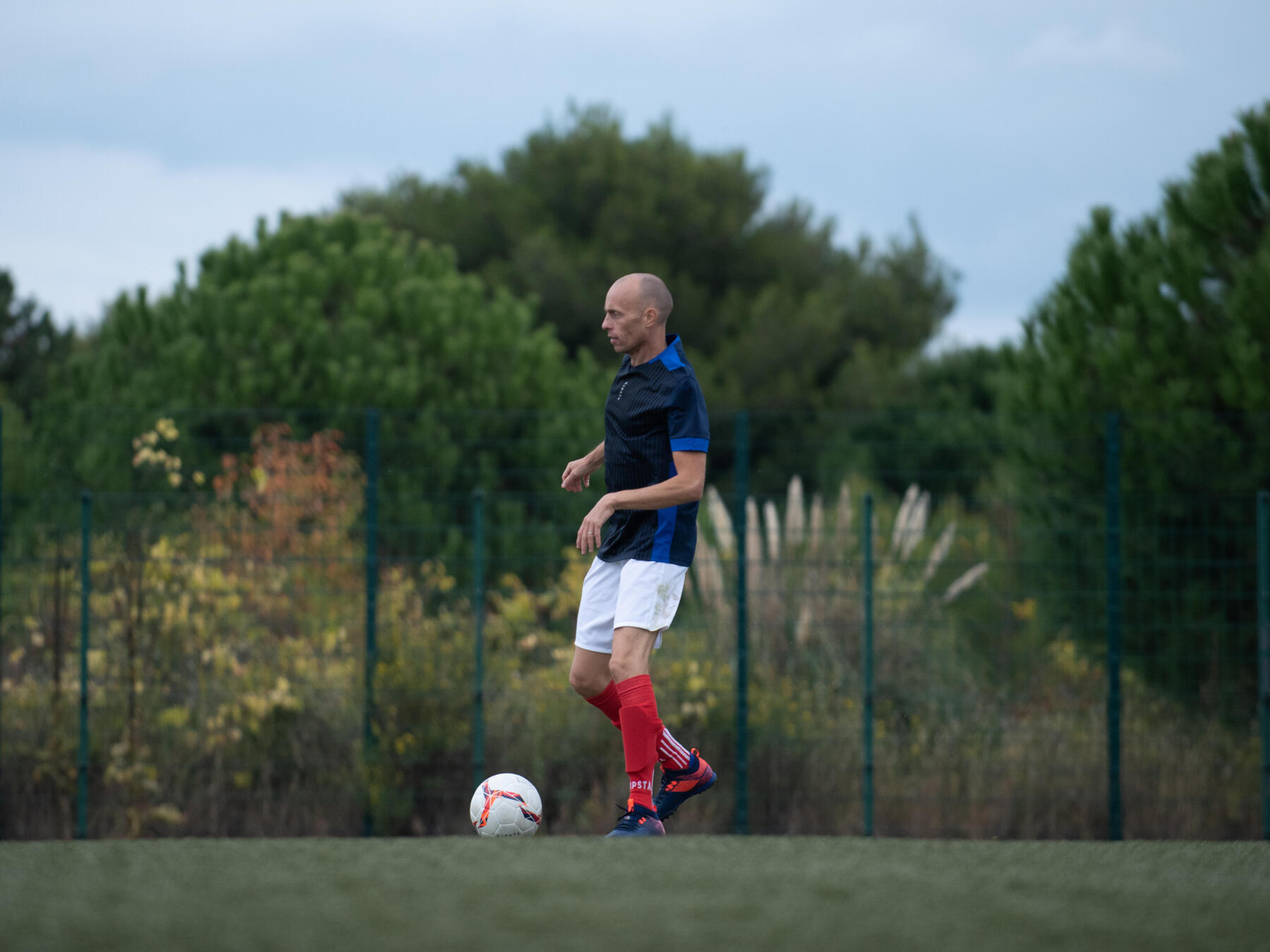Walking football: made in england
Walking football came into being in the UK in 2011, the latest variation the country has made to its number one sport. It has grown quickly since then, with 2,000 clubs now in existence!
France's first clubs were founded in Brittany, with the game since spreading to the country's major cities.
The basic idea is a simple one: to allow people aged 50 and over to carry on having fun, playing nutmegs and having a good moan when ball goes in off the post. Teams are most commonly formed on the basis of age groups: 50 to 60 year-olds and over 60s.
So what's the principle behind the game? If English isn't your first language, then let's explain it in the simplest possible way: walking football is a game played at walking speed. A little bit like race walking? A little bit, yes. Though the rules about walking are not as strict, you do need to have one foot on the ground at all times.




